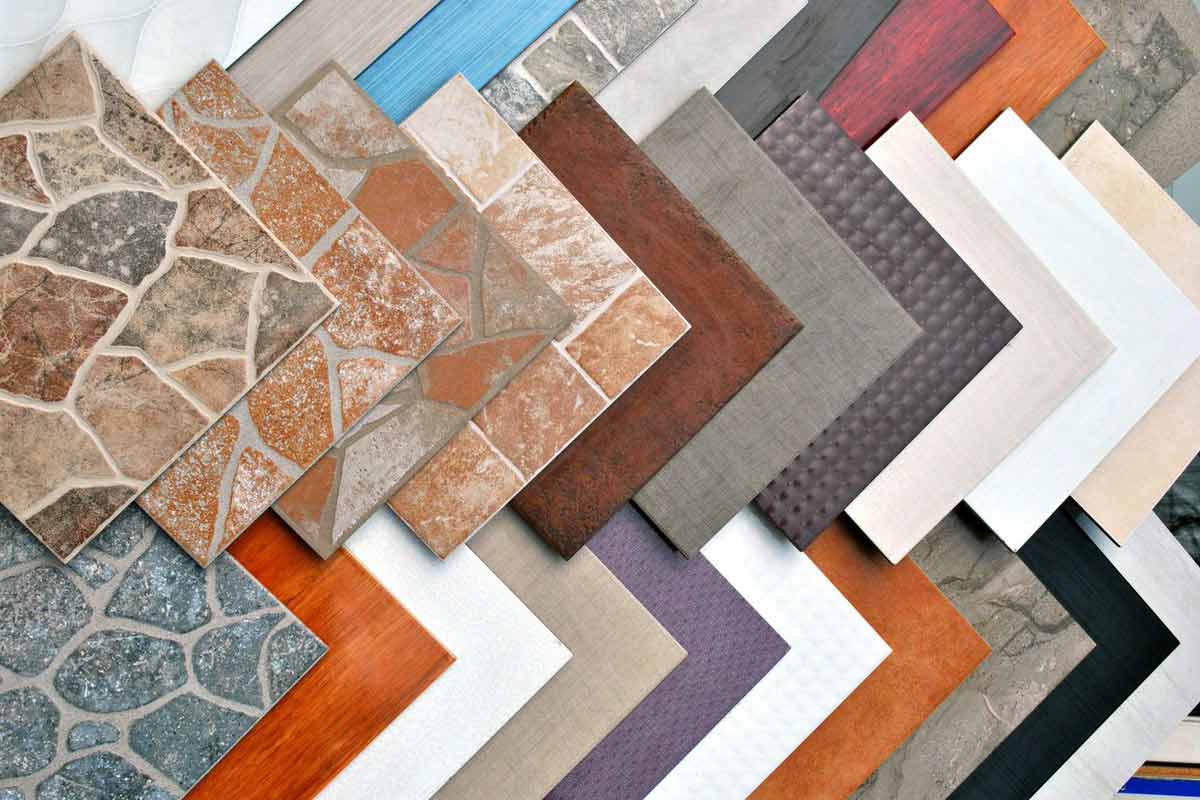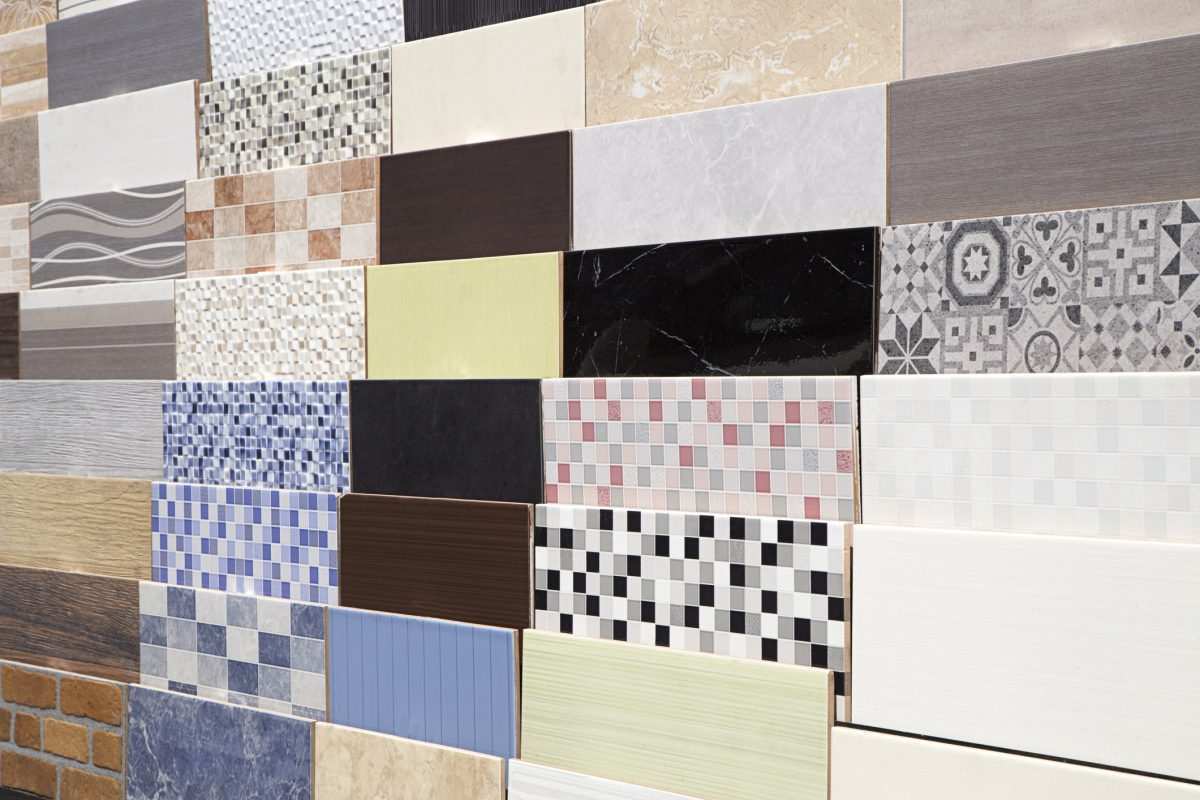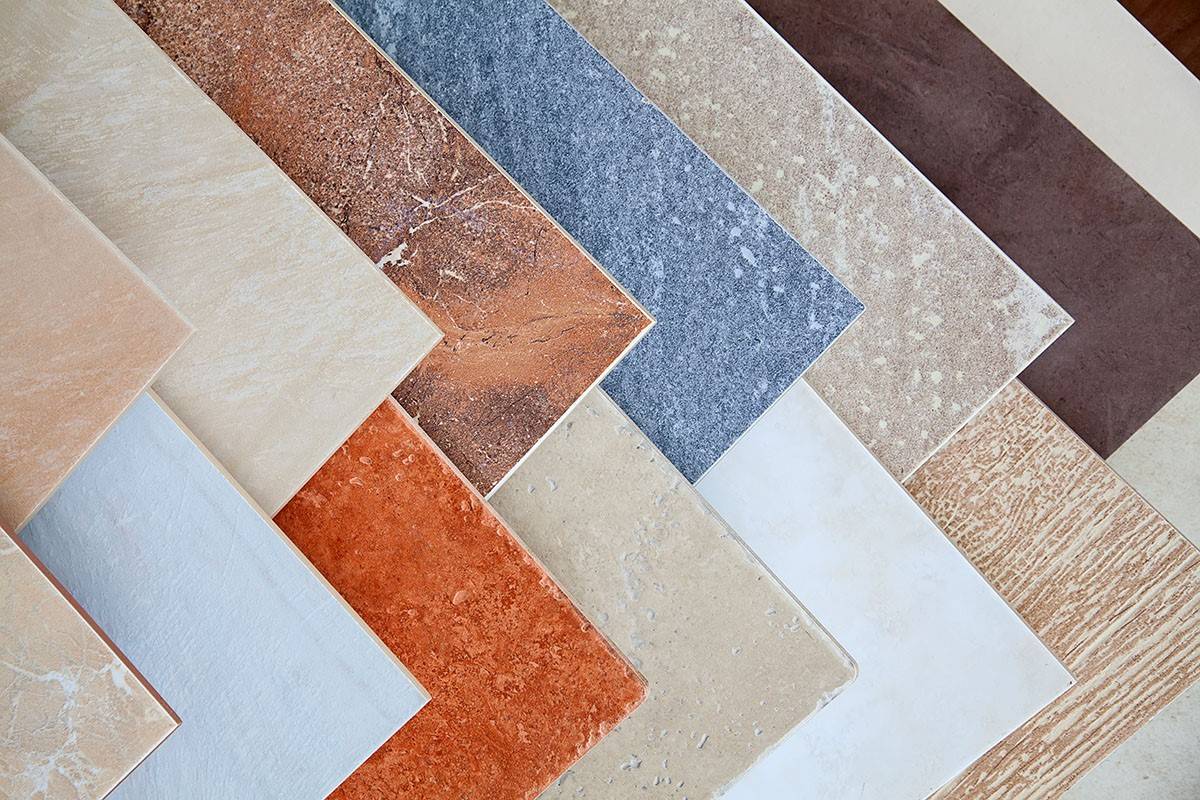Tiles are so various in types, sizes and styles, and it is sometimes hard to choose among them. But with a full and concise description in this text, choosing the right one is much more easier.
The world of ceramic tile is vast and amazing, with an almost infinite variety of product and design options. Products made of ceramic tile for walls and floors are available in a wide variety of textures, designs, and sizes.
They provide major design options for any space in practically any home type when paired with a variety of grout and glaze options. Knowing which floor covering option offers the finest balance of appearance, style, and performance within your budget is the main objective.
Here, we provide you with all the knowledge you need to make informed decisions about ceramic types, sizes, and styles. Join us as we explore the stunning and diverse world of ceramic tile styles. There must be a ceramic tile suited for your home and way of life in the vastness of the world.
THE ESSENTIAL 3: TRANSFORMING, TIMELESS, AND DELICIOUS
Ceramic tile comes in three varieties: porcelain, unglazed, and glazed. If you comprehend them, you’re set.

SELECTION AND SIZE ARE ABUNDANT.
The sizes of ceramic tile produced range from one inch to twenty-four inches square. Bring a tape measure with you while you shop. Regardless of how big a single ceramic tile is, it is typically packed and sold by the square foot.
Additionally, you should be aware that tile size varies. Typically, the nominal size—rather than the actual size—of a tile is mentioned. Ceramic tile will typically reduce in size by around 10% during the firing process. For instance, a floor tile that is 12 inches by 12 inches will really be 11-7/8 inches square.
The larger ceramic floor tiles, such as those measuring 13 by 13 inches, 16 by 16 inches, and 18 by 18 inches, are currently the most popular.
THE SIZE OF THE ROOM IS USED TO DETERMINE TILE SIZE.
Start by figuring out the size of the room before thinking about what size tile would be suitable for your particular location.
People frequently believe that little tile is appropriate for small rooms. That isn’t always the case. In reality, using a larger tile in a smaller room will give the impression that the room is bigger. Additionally, fewer grout lines will help the surface look cleaner.
In contrast, employing too-small tiles results in more grout joints, which, again, depending on the size of the room, may make the floor look cluttered. The bottom line is that size, like all design components, is crucial in establishing the overall balance of a room. So please think it over carefully to get the appearance you want.

CERAMIC CAN APPEAR IN MANY MANNERS.
Despite the popularity of genuine stone’s appearance, some customers choose ceramic over stone because of its lower cost and easier upkeep.
Manufacturers of ceramic and porcelain tiles have developed tiles with textures, colors, and patterns that resemble natural stone items in response to market desires. Slate, travertine, and marble are only a few of the popular tile finishes available in ceramic and porcelain.
Tile can also be designed to have dense textures, chiseled and hammered edges, or even take the form of tumbling stone to further accentuate the natural appearance. The texture of ceramic tile influences its style. So, go ahead and feel! A tumbled stone or slate-looking ceramic tile will have an uneven and unpredictably abrasive feel.
On the other hand, a tile that mimics marble or granite would feel incredibly polished and slick. A texture’s degree of shine can range from drab to semi-gloss to glass-like, in addition to how it feels.
CERAMIC IS COMFORTABLE IN THE OUTDOORS.
Ceramic tile is a flexible material that comes in a variety of designs for the trendy outdoor living spaces of today. Outdoor tile, which is occasionally used on patios, sidewalks, or around swimming pools, often has non-skid finishes designed for safety while wet.
The resistance to frost of ceramic tile used for outdoor applications is another crucial quality. It’s an unavoidable fact. Because outdoor ceramic tile is made with extremely little water absorption, it is less likely to crack, chip, or experience other impacts of expansion when the temperature drops below freezing.

AWARENESS CERAMIC CUSTOMIZATION.
Manufacturers provide ornamental inserts, medallions, and mosaics in addition to other ceramic tile designs, which are used to make stunning borders and complicated patterns. Mosaics are typically 2″x2″ and smaller tiles that are frequently combined with different colors to form a pattern or decorative insert.
Feel free to use your imagination since some of these tiny tiles have unique shapes, such hexagons. Patterned borders constructed of tiles of various sizes or colors can produce lovely effects.
Simple patterns can be created within a space or between many adjacent rooms using differences in color, form, or size. You should be aware that the tile that dominates the largest parts of a pattern you create with several tiles is referred to as the “field tile.”
Allow your creativity to soar; pottery will not disappoint. Aesthetic harmony can be achieved in your space by fusing countertop and wall goods with ceramic tile flooring styles and patterns.
Although floor and wall tiles may have similar designs, floor tiles are typically thicker and have a rough surface to make them safer to walk on. Wall tile designs are often produced in smaller sizes and are intended to have a better shine. The huge floor tiles are not intended for wall attachment.
WHY GROUT IS IMPORTANT TO UNDERSTAND.
To fill the gap and offer stability in tile joints, grout is a form of cement. There are two types of grout that are frequently used in residential installations: epoxy- and Portland-cement-based grout. Sand can be included in either of these grout mixtures to lend strength to the tile joint.For tile joints 1/8th of an inch and greater, sanded grout is advised. For joints less than 1/8 of an inch, unsanded grout is commonly utilized.
A almost unlimited variety of colors, tints, and hues can be achieved by pigmenting grout. When the grout is mixed on the job site, pigment is added to the cement. The color and thickness of the grout will significantly alter how the floor and space look.The professional negotiators are waiting for a mutual prosperous relationship with all importers on earth. Do not hesitate to contact.











Your comment submitted.